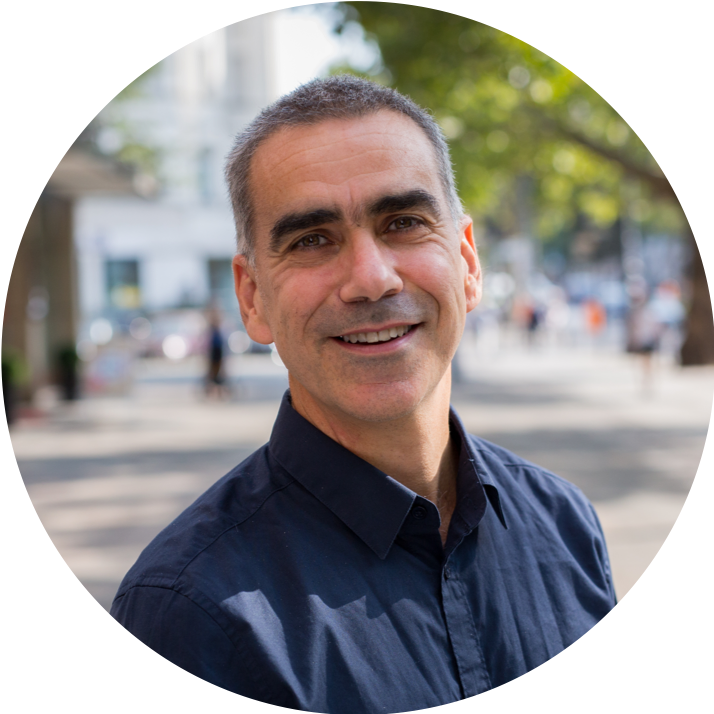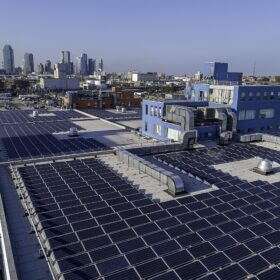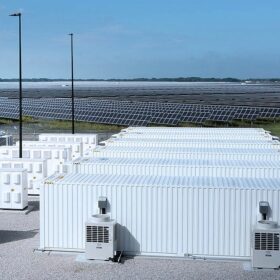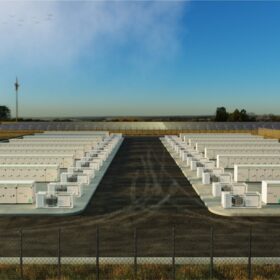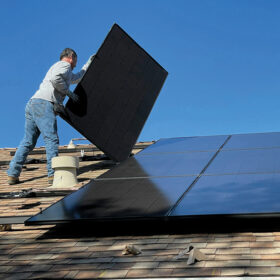JinkoSolar claims 33.24% efficiency for perovskite-silicon tandem solar cells
JinkoSolar says it has achieved a 33.24% efficiency rating for its perovskite-silicon tandem solar cells, confirmed by the Shanghai Institute of Microsystem and Information Technology under the Chinese Academy of Sciences (CAS).
TCL Zhonghuan reveals plans to acquire majority stake in Maxeon
Chinese wafer manufacturer TCL Zhonghuan says it wants to invest around $197.5 million to increase its stake in Maxeon from 22.39% to at least 50.1%. A Maxeon spokesperson told pv magazine that the plan would place the company in a solid financial position.
Sharp unveils new TOPCon solar modules
The Japanese electronics manufacturer has launched the NU-JC440 and NU-JC430B panels with efficiencies of 22.53% and 22.02%, respectively. Both products are IEC/EN61215 and IEC/EN61730-certified and rely on M10 wafers.
U.S. scientists develop air-bridge thermophotovoltaic cells with 44% efficiency
U.S. scientists have developed a thermophotovoltaic cell that could be paired with inexpensive thermal storage to provide power on demand. The indium gallium arsenide (InGaAs) thermophotovoltaic cell absorbs most of the in-band radiation to generate electricity, while serving as a nearly perfect mirror.
Research shows repaired PV modules can perform with acceptable losses
A research group has demonstrated the technical feasibility of using repaired solar modules with satisfying results. It also warned, however, that there is an urgent need to define a protocol for evaluating the features of a “viable” repaired panel.
Researchers demonstrate 25%-efficient perovskite-cadmium tandem solar cell
University of Toledo researchers say the cell has a top perovskite cell with a transparent back contact made of indium zinc oxide and a commercially established cadmium telluride bottom device. They claim the champion tandem cell has the potential to reach a 30% efficiency.
Startup debuts wall-mountable, tabletop residential heat pump
Quilt unveiled a residential heat pump with a coefficient of performance (COP) of up to 4 and noise levels of 27 dBA to 47 dBA. The startup recently raised $35.9 million from a group of investors.
Midea unveils outdoor residential heat pump
Midea says its new outdoor residential Evox G3 Heat Pump ranges in size from 1.5 tons to 5 tons, with a coefficient of performance of 1.8. It features enhanced vapor injection technology and uses A2L as the refrigerant.
U.S. government doubles tariff rates on PV cell imports from China to 50%
The administration of President Joe Biden raised tariff rates on PV cell imports from China from 25% to 50%. It also increased the tariff rates for semiconductors, electric vehicles, and EV batteries from China, among other goods.
Longi announces 27.30% efficiency for heterojunction back contact solar cell
The Chinese module manufacturer said the new efficiency record was confirmed by Germany’s Institute for Solar Energy Research (ISFH).
